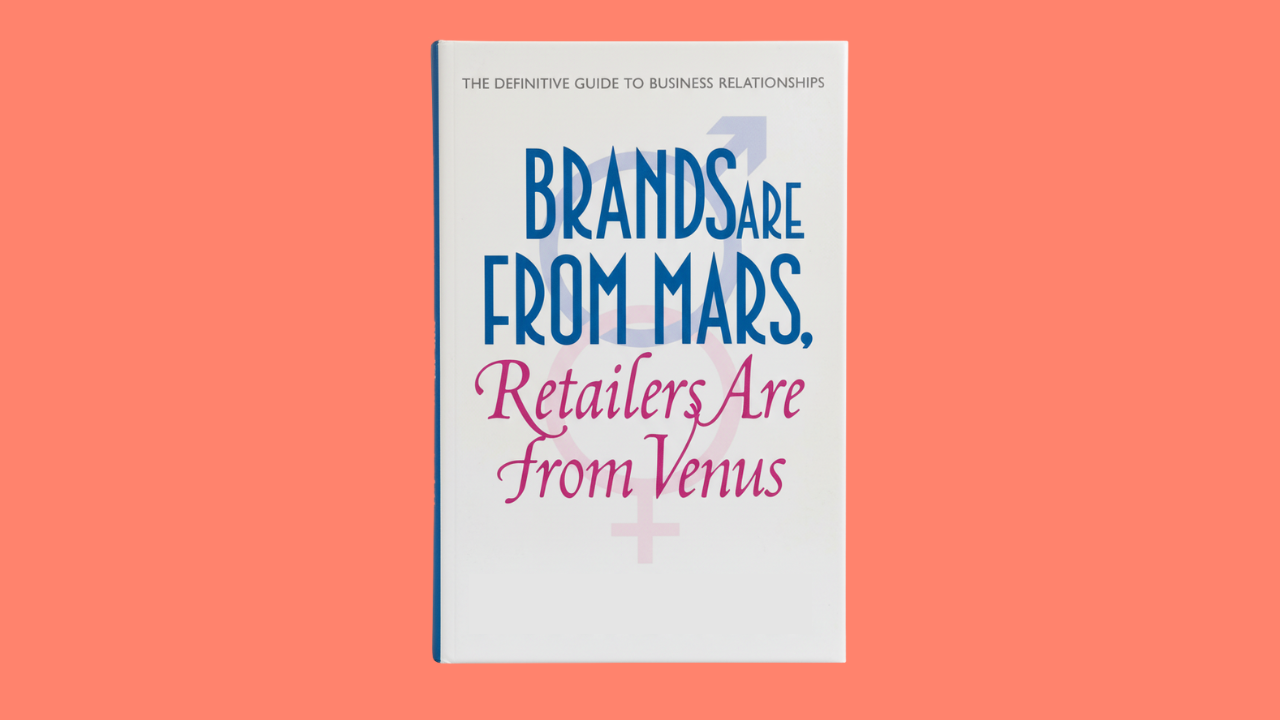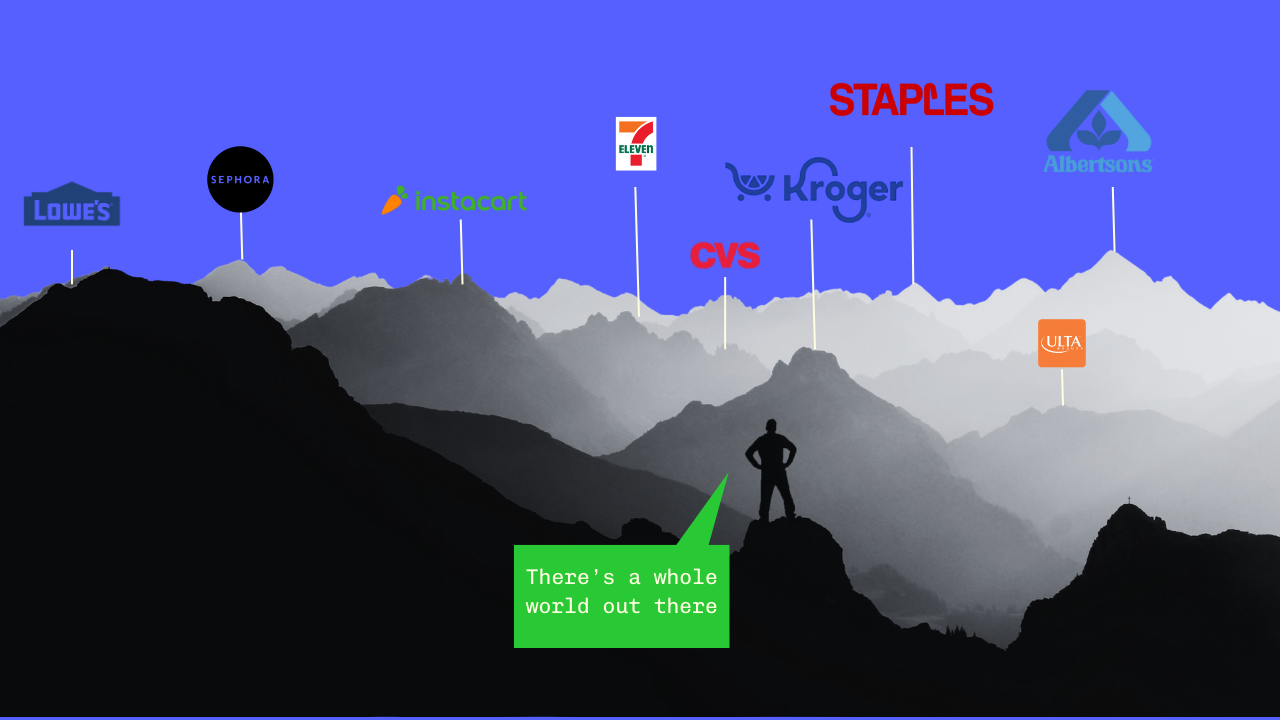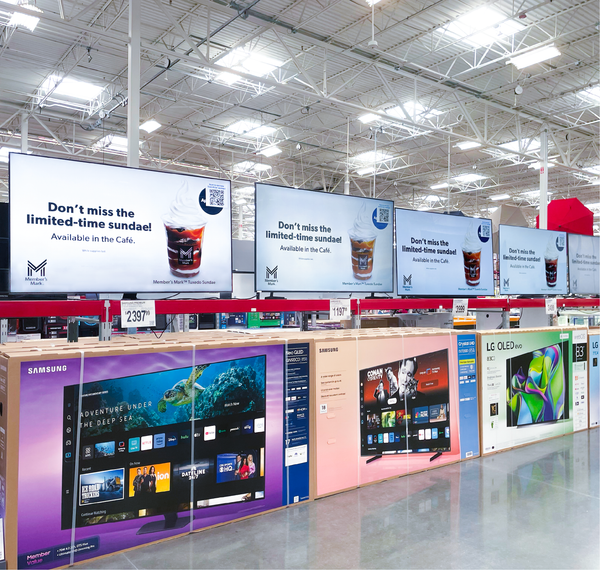Brands Are From Mars, Retailers Are From Venus
Most brands don't understand retailer internal politics—merchants vs. retail media teams often operate in silos.

This is part one of a three-part series on effectively engaging retail media networks beyond the "big two." This series is sponsored by Connected Commerce at Acosta Group.
Last week, I spoke with a CPG brand that had committed $2 million to a retail media buy with a major grocer in Q4. But they just recently discovered their merchant contact was expecting half those dollars to support in-store promotions instead. The retail media team hadn't looped in the merchant. The brand hadn't asked. Now everyone's scrambling to realign expectations ahead of the quarter.
This isn't uncommon. According to Cody Tusberg, EVP of Connected Commerce at Acosta Group, his team has to educate brand partners on these dynamics 60%-70% of the time, in Cody's estimation. That's a majority of retail media investments where brands are missing key knowledge of how their retail partners actually operate internally.
The Merchant Still Rules (Most of) the Kingdom
Here's what many brands are just starting to appreciate: merchants remain the heartbeat of most retail organizations. Cody explains that a merchant's primary KPI isn't media revenue—it's product sales and margin. When retail media enters the picture, it's seen as additive by retailers' leadership, but merchants may view it with varying degrees of interest depending on how it aligns with their core objectives.
The structure varies dramatically by retailer maturity. At networks like Amazon Ads or Walmart Connect, merchants increasingly participate in retail media conversations during JBPs. But at emerging platforms—which represent the fastest-growing segment of the market—the merchant and media teams often operate in separate silos.
Costco exemplifies the merchant-first approach. As Mark Williamson, who leads their retail media network, told the Middlemen podcast: "We will always be retailers to our core. Which means the merchants are still the center of our universe—regardless of the source of funding." (You can read my notes from that interview here)

This merchant-centric philosophy forces retailers to keep retail media investments aligned with core business objectives rather than chasing pure advertising margins.
The Silo Problem Gets Expensive Fast
When retailers operate with divided structures, brands face a mirror image of their own internal complexity. Trade marketing conversations happen with merchants. Retail media discussions happen with completely different teams. Cody told me, "If you don't connect those discussions internally, you're going to risk duplicating that spend or missing opportunities."
"Compare the brand orgs where the shopper brand and e-commerce teams often have their own budgets and KPIs, and it really is a mirror image of the complexity of the retailer side," Cody explains.
Acosta Group recently worked with a CPG brand where the trade and retail media teams weren't even talking. By building a joint plan that tied retail media activations to key merchandising windows, they unlocked incremental display space and drove double-digit sales lift. The breakthrough happened in the coordination, not the individual tactics.
What "Being Nosy" Actually Looks Like
Cody's advice to brands is direct: be nosy about how your investment will be used and measured internally. "It's your money. You're spending it. You should expect credit and you should expect results."
It might sound like micromanaging, but understanding the retailer's internal dynamics is necessary to align your own strategy on the brand-side. Brands need to ask which teams control what budgets, how retail media spending gets credited across different P&Ls, and what merchandising expectations come with specific investment levels.
The Annual vs. Real-Time Tension
The timeline of investment and expected results is another area of tension. Cody points out that merchants work on annual Joint Business Planning (JBP) cycles. But a significant benefit of retail media is the ability to enable real-time optimization, often requiring budget shifts based on performance data.
The tension shows up when brands want to reallocate dollars midyear based on what's actually working, but merchant agreements assume spending patterns were set during JBP season.
Acosta Group's solution: hybrid models where 70% of spend is locked-in with 30% reserved for agile optimization. "The break isn't perfect for every brand, but the key is communication, making sure that you have flexibility built into your agreements, and make sure that you build trust with everybody involved," Cody says.
Why Retailer Intimacy Matters
This is where Acosta Group's century-long heritage in trade marketing provides unique advantages. While many retail media agencies focus on campaign optimization and creative development, understanding retailer organizational dynamics requires different expertise entirely.
That intimacy—knowing which merchants have real influence, how internal teams actually coordinate, where the decision-making bottlenecks exist—often matters more than having the latest programmatic buying technology. "We often say that we understand these retailers from boardroom to backroom, and that's absolutely true," Cody says.
Looking Ahead
Understanding retailer politics is just the first piece of the puzzle. Once you've cracked the organizational code, the bigger question becomes: which retailers deserve your investment, and how do you allocate budgets across an expanding universe of networks?
As Cody puts it: "Retail intimacy is key. You need a partner who knows these ecosystems and knows how they work very well." The brands that master these internal dynamics will find retail media becomes a strategic advantage rather than just another place to spend money.
Understanding retailer politics is just the foundation. In part two of this series, we tackle allocation strategies across the expanding universe of retail media networks. In part three, we dig into the operational reality of managing multi-retailer stacks—from measurement challenges to team structures that actually work.
This series is sponsored by Connected Commerce at Acosta Group.
More from me on related topics:










